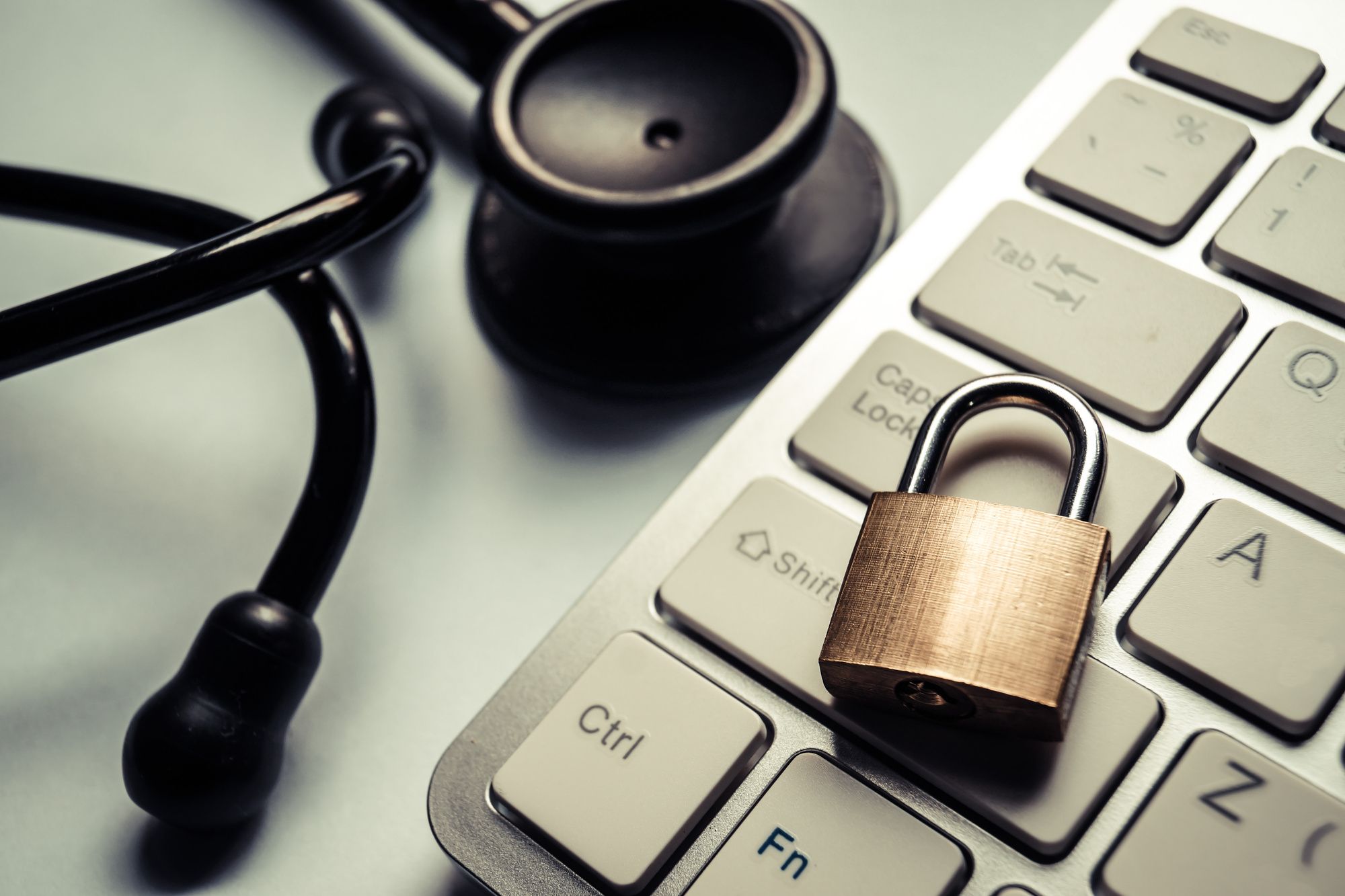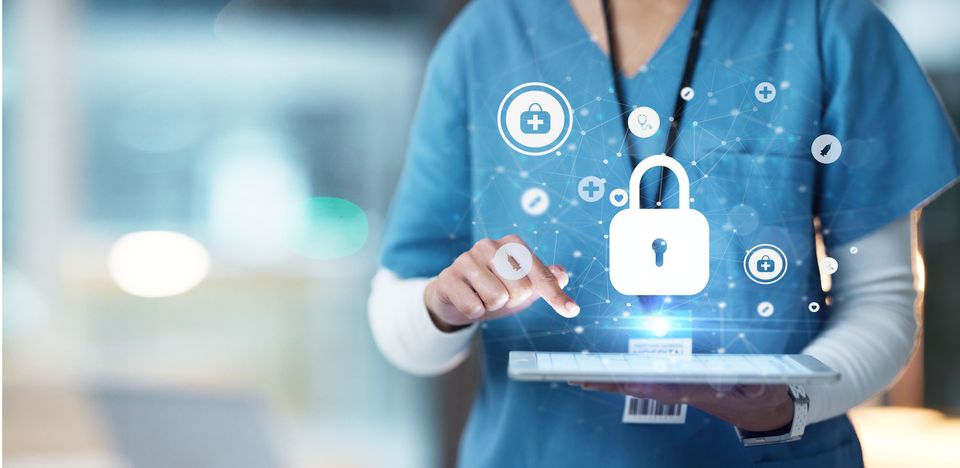The Best Practices In Healthcare Facility Safety And Security
Table of Content
Safety and security are essential components of any successful healthcare facility. It's a crucial necessity that healthcare facilities must have dedicated measures in place to protect staff, patients, and visitors from potential harm or injury.
Knowing this, it's important to understand and uphold the best practices of safety and security no matter what type of care facility you operate. This article will discuss what those usually are and how they can be implemented.
Importance Of Implementing Best Practices
First, understanding the importance of so-called best practices in healthcare facility safety and security is essential. Comprehensive policies must be in place and adhered to at all times. That involves:
- Establishing clear protocols for handling suspicious activity or dangerous situations helps prevent potential harm
- Ensuring adequate staffing and training team members on the proper procedures for maintaining order even during peak periods.
- Investing in appropriate technology such as cameras, alarm systems, and access control points to monitor key areas within the facility 24/7
These measures help reduce the risk of theft, violence, abuse, neglect, and serious mismanagement, creating an atmosphere conducive to every healthcare provider's mission. It's best to hire reputable service providers, such as those you can find at logixxsecurity.com, among others. These firms have the tools and expertise to realize your goals of facilitating safety and security protocols. Such initiatives can save time, money, and lives in the future.
Physical Security Measures

Physical security measures refer to all standards and procedures that ensure the safety of patients and personnel in the actual space. Here are key aspects of that:
1- Video Surveillance
Video surveillance plays an integral role in maintaining security and safety. It serves as a deterrent for any potential criminal activity and allows facility personnel to monitor patient care activities more accurately and precisely.
The advantages of video surveillance include the following:
- Increased visibility into areas where human presence cannot be sustained all the time
- Ability to access real-time data from multiple locations simultaneously
- Easy tracking of individuals entering and exiting certain areas at specific times
Having proper video surveillance systems can ensure the integrity of healthcare facilities while providing peace of mind for staff members and patients alike.
2- Perimeter Security
Maintaining security at the perimeter of a healthcare facility is paramount to its overall safety and efficacy. It begins with proper lighting, cameras, signage warning against unauthorized entry or loitering, and fences and gates kept locked when not in use.
Security guards must also be employed to patrol the facility during certain hours of operation. Combining these measures helps ensure that only authorized personnel can access the property while minimizing potential threats from outside sources.
3- Emergency Exits And Evacuation Procedures
Proper evacuation protocols are paramount in ensuring the safety of healthcare facility staff, patients, and visitors.
The proper signage of all egress points should be clear to those unfamiliar with the layout. Each exit should have an alarm that will alert occupants if someone attempts to use it for any other purpose than escape.
It's also important to ensure all personnel understand how to evacuate the building safely and quickly in a crisis. Care facilities must have plans detailing the steps for moving people out of the premises, including specific roles assigned to management or security personnel.
Fire drills should also be conducted regularly so everyone can practice following the protocols. The same should be done for cases of contamination, contagion, or infiltration of any kind.
Personnel Training And Education
This entails the following:
1- Staff Awareness Programs
Healthcare facilities must ensure their staff know and actively participate in safety and security measures.
To this end, comprehensive training programs should cover all areas, such as emergency response protocol, data protection policies and procedures, and proper use of medical equipment. Regular assessments should also be conducted to ensure everyone is up-to-date with current regulations.
In addition, regular drills can help maintain awareness among staff members and simulate potential scenarios they may encounter on the job.
Finally, team member feedback regarding any issues or concerns will allow facility managers to make necessary adjustments to keep safety at its highest level.
2- Emergency Response Training
Emergency response training helps staff know what to do during serious incidents, such as an active shooter or fire. They should be trained to respond quickly and correctly in such dire circumstances.
This includes learning to locate exits, evacuate patients safely, use available resources within the building, and contact appropriate personnel for help.
Emergency response training should also cover proper lockdown procedures, identifying suspicious activity, barricading doors, managing panic, and administering basic first aid.
Properly preparing employees for emergency scenarios can make all the difference in ensuring the safety of everyone inside a healthcare facility.
Information Security
Having discussed the importance of emergency response training, it's also important to consider information security in a healthcare facility. In today's digital age, safeguarding patient data is paramount and requires robust systems that are regularly updated and monitored.
Taking proactive steps such as encrypting sensitive files, using two-factor authentication for accessing records, and restricting access with role-based permissions can help protect against malicious attacks and breaches.
Similarly, all staff members must understand their responsibility for protecting patients' privacy through responsible cybersecurity practices.
Data encryption provides a layer of defense against cyber threats like unauthorized access to confidential data, malware attacks, or even information theft.
Furthermore, it's essential to establish a secure network infrastructure that ensures data protection across all systems and provides controllable access. To this end, networks should be regularly updated with the latest technologies, including firewalls, antivirus software, and intrusion detection systems.
Privacy policies must also be adopted to protect patient information, including internal policies that dictate how authorized personnel can access confidential data securely. All of these measures will help ensure that healthcare facility safety and security remain a top priority.
Risk Assessment And Mitigation Strategies
Above all, risk assessment and mitigation strategies are crucial. Administrators need to identify potential risks, assess their current level of risk, and develop appropriate plans to manage them.
This includes establishing emergency protocols, training staff on security measures, conducting regular assessments of physical infrastructure such as locks and alarms, monitoring visitors through video surveillance or electronic access control systems, and ensuring that personnel can be tracked using identification cards.
Additionally, providing support services such as counseling, drug testing, and team member assistance programs can help mitigate potential risks associated with workplace violence or other hazardous situations.
Properly implemented risk management strategies will improve the safety and security of any healthcare facility.
Leave Nothing Uncovered
Safety and security are essential for any healthcare facility, so investing in the best practices and tools to achieve them is important.
While these steps can’t totally eliminate threats to the care system, they do create a modicum of safety and freedom that allows providers to administer care to their fullest. Consider reviewing your protocols and working with experts to improve them today.
Author: Samantha Horn
Samantha Horn is a healthcare administration professional with a strong focus on facility safety and security. With extensive experience in managing healthcare environments, she is dedicated to ensuring the utmost safety and protection of patients, staff, and visitors. Through her comprehensive articles, Samantha shares best practices and proven strategies to enhance safety and security measures in healthcare facilities.
From implementing robust access control systems and emergency preparedness protocols to fostering a culture of safety, Samantha provides valuable insights to healthcare professionals and facility administrators. When she's not advocating for safety, she enjoys volunteering at local community health initiatives, practicing yoga, and exploring new hiking trails.











